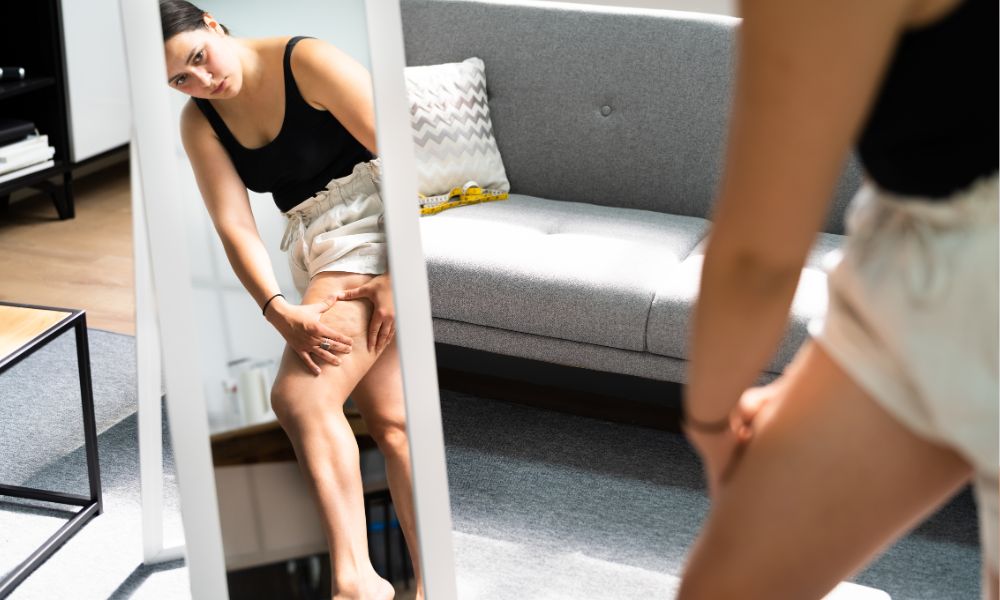Since the dawn of the construction, the building façade has gone through a prominent evolution. Façade is generally considered a front face of the building, especially a principal frontage in the direction of a street or open space.
From a construction perspective, facades significantly impact buildings & shield them from harsh weather, pollutants, smoke, rain/acid rain, etc. Materials for building facades keep getting changed throughout the history of construction. Here’s a brief on the evolution of building façade material.
Evolution of Building Façade
Facades’ building journey dates back to 807 B.C. It was the first time when wooden logs were used as a façade building material and traveled to most parts of the world. Along with wood, other materials such as clay, lime, and stone were also used as building façade.
In 1800, glass material entered the market and was used in most parts of Europe. Then entered the modern technology in 1900, which changed the landscape of the façade design with stone and glass being the most preferred material at the time.
Also, it was the century when Aluminium Composite Panels (ACP) skyrocketed. With the inception of the ACP sheet, it became the most favored material of architects and builders for building facades. To date, ACP sheets have maintained their crown of the most preferred material.
How ACP Plays a Vital Role for Building Façade
Aluminium Composite Panels have created a milestone with a modern and highly automated process. The cutting-edge technology used for manufacturing ACP sheets and their irreplaceable properties such as weather resistance, high durability, and availability in a variety of colors is what makes ACP a vital façade building material.
Here are the various advantages Aluminium Composite Panels offer over other façade building materials:
- ACPs can go through extreme weather with ease without any undulation or change in color.
- The high MOH value of ACP makes them sturdy and wear-resistant. ACP panels can’t get easily damaged due to pollutants and dust particles.
- They are water-resistant and have zero water absorption, which in turn, makes them frost-resistant as well. Thus, ACP sheets can be utilized in any part of the world.
- ACP panels are lightweight, thus, add no dead load on the building or wall surface when used for building facades.
- They are easy to install and flexible to move around for placement.
- They are easy to maintain and can be washed with just clean water or a wipe from a cloth.
- ACP sheets have heat insulation properties that aid in energy savings.
- ACP sheets also confirm to the green building material standards.
- They are easy to recycle as Aluminium is easy to extract from panels and can be reused for other purposes.
- The best thing about ACP panels is they are cost-effective and pocket-friendly material than other façade materials.
Conclusion
Aluminium Composite Panel manufacturers in India are growing at a fast pace, which is about to revolutionize the façade building industry. They have a great potential to grow along parallelly. As many brands have ventured into the ACP manufacturing industry since its commercialization, ACP products are easily available in the market for utilization.
Therefore, ACP panels will play a vital role nowadays for façade building. Envitect is a renowned ACP panel manufacturer in India that constantly strives to bring the adoption of ACP products to fruition. ACP panels have come a long way since their inception and companies like Envitect are bringing them to the forefront of materials for building facades.
Meta Title: Evolution of Building Façade & How ACP Panels Play Vital Role Nowadays
Meta Description: Throughout history, materials for building facades keep getting changed. Here’s a brief on the evolution of building façade how ACP play a vital role.












Comments